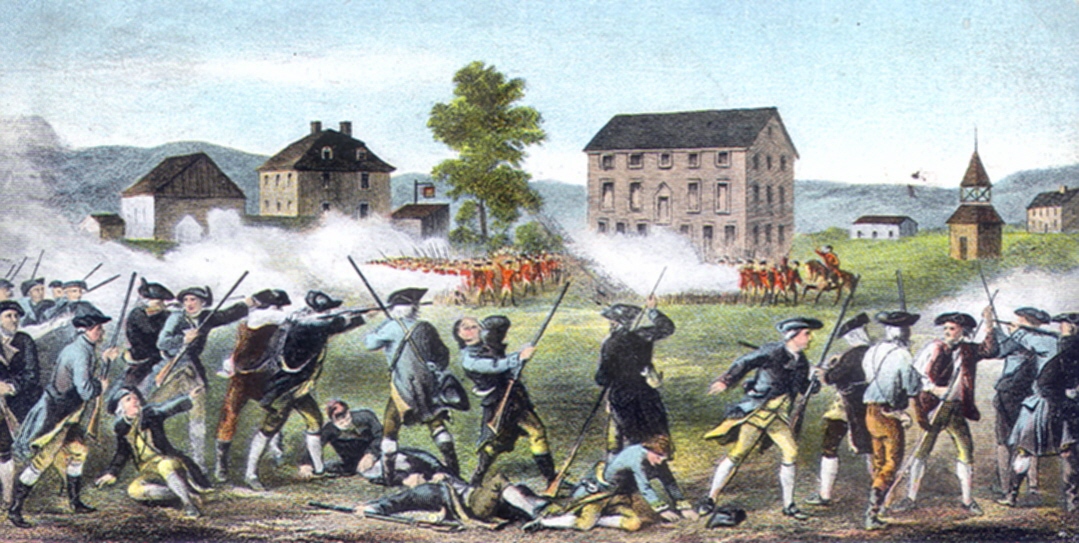About Publications Library Archives
heritagepost.org

Preserving Revolutionary & Civil War History

Preserving Revolutionary & Civil War History

Author: Isaac Merrill
Date:1775
Annotation:
In February 1775, Parliament declared Massachusetts to be in a state of rebellion. This declaration permitted soldiers to shoot suspected rebels on sight. In April, General Thomas Gage (1721-1787) received secret orders to arrest the ringleaders of colonial unrest. Having already learned of the orders, colonial leaders fled Boston to avoid arrest.
Gage decided to seize and destroy arms the patriots had stored at Concord, 20 miles northwest of Boston. On the night of April 18, 1775, 700 British soldiers began to march toward Concord. When Joseph Warren (1741-1775), a Boston patriot, discovered that British troops were on the march, he sent Paul Revere (1735-1818) and William Dawes (1745-1799) to ride to Concord to warn the people about the approaching forces.
At dawn on April 19, the troops reached the town of Lexington, five miles east of Concord. About seventy volunteer soldiers called minutemen lined the Lexington Green to warn the redcoated British troops not to trespass ont he property of freeborn English subjects. A shot rang out; the British troops fired. Eight minutemen were killed and another ten were wounded.
The British continued to Concord, where they searched for hidden arms. At North Bridge, a group of redcoats and minutemen clashed, leaving 3 redcoats and 2 minutemen dead. The British then retreated to Boston, while citizen-soldiers fired at the soldiers from behind trees and stone fences. British solders killed or wounded totalled 273; colonists losses were 95. The resistance displayed on April 19, 1775 indicated that the American Revolution would truly be a popular revolution.
The battles of Lexington and Concord occurred three weeks after Patrick Henry (1736-1799) delivered his famous words, “Give me liberty or give me death.” Although an earlier battle with the British had been fought in North Carolina, at Moore’s Creek Bridge, Lexington and Concord became fixed in the public mind as the valiant start of American resistance.
Several first-person accounts of these battles survive. Phineas Fullam, a Committee of Safety postrider, reported seeing “some of the Men killed the whole number on both sides as near as can be estimated is 200 among whom are a Considerable Number of Regular Officers.” Colonel Isaac Merrill, who mobilized the Amesbury militia, offered the following description of one of the Revolution’s opening clashes.
Document:
[T]his Day I have received intelligence that the ministerial troops under the Command of general Gage did Last evening march out of Boston and marched to Lexington & there Killed a number of our American Soldiers & thence proceed[ed] to Concord Killing and Destroying our men and interest. These [orders] are therefore to Order you forthwith to Mobilize and muster as many of your under officers and Soldiers as you can possible to meet immediately to Some suitable place: and then to march of[f] forthwith to Concord or Else where as in your Discretion you shall think best to the relief of our Friend[s] and Country….
Source: Gilder Lehrman Institute